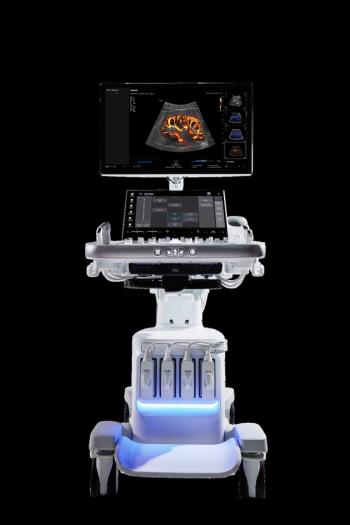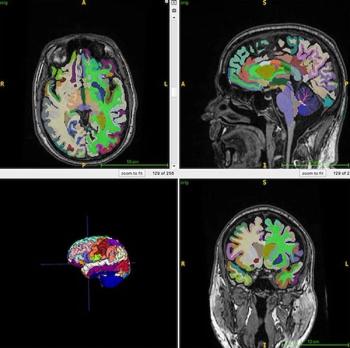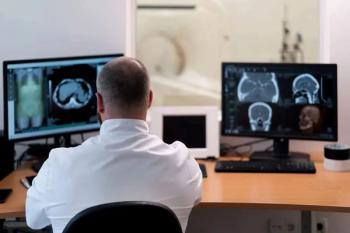
Choosing Wisely Top Five Lists Address Overuse of CT in Cancer, Other Specialties
The American Society of Clinical Oncology includes PET and PET-CT overuse in list of Top Five procedures to avoid when clinical evidence is lacking.
The American Society of Clinical Oncology recently released its second list of Top Five tests, procedures, and treatments whose common use and clinical value are not support by available evidence. This list, part of the American Board of Internal Medicine Choosing Wisely Campaign, included avoiding the overuse of PET and PET-CT scanning to monitor for a cancer recurrence in patients who have finished initial treatment and have no signs of cancer.
ASCO first began its participation in Choosing Wisely in early 2013. The society’s original list also addressed the overuse of CT with two recommendations:
· Do not use PET, CT, and radionuclide bone scans in the staging of early breast cancer that is at low risk of spreading.
· Do not use PET, CT, and radionuclide bone scans in the staging of early prostate cancer at low risk of spreading.
“As physicians, we have a fundamental responsibility to provide high-quality, high-value cancer care for all of our patients,” said Lowell E. Schnipper, MD chair of ASCO’s Value of Cancer Care Task Force. “That means eliminating screening and imaging tests where the risk of harm outweighs the benefits, and making sure that every choice of treatment reflects the best available evidence. By providing evidence-based care, we not only help our patients live better with cancer, we also assure they are getting high-quality care that will deliver the greatest possible benefit for the cost.”
Computed tomography was also mentioned in several other society’s and organization’s lists published during the last several months. The American College of Emergency Physicians recommended that physicians avoid the use of CT in patients with minor head injuries who are deemed to be at low risk for skull fractures.
A joint list published by the American College of Chest Physicians and the American Thoracic Society recommended the avoidance of chest CT for (1) surveillance for evaluation of indeterminate pulmonary nodules at a greater frequency or longer duration than recommended by guidelines, (2) CT angiography for possibly pulmonary embolism in patients with low clinical probably and negative D-dimer assay results, and (3) for patients at low risk of lung cancer.
In February, The American Academy of pediatrics also recommended the elimination of unnecessary immediate CT scans in children with minor head injuries, in children with simple febrile seizure, and recommended against CT in the routine evaluation of abdominal pain.
More information about the campaign and a full list of Top Five lists can be found at
Newsletter
Stay at the forefront of radiology with the Diagnostic Imaging newsletter, delivering the latest news, clinical insights, and imaging advancements for today’s radiologists.



























